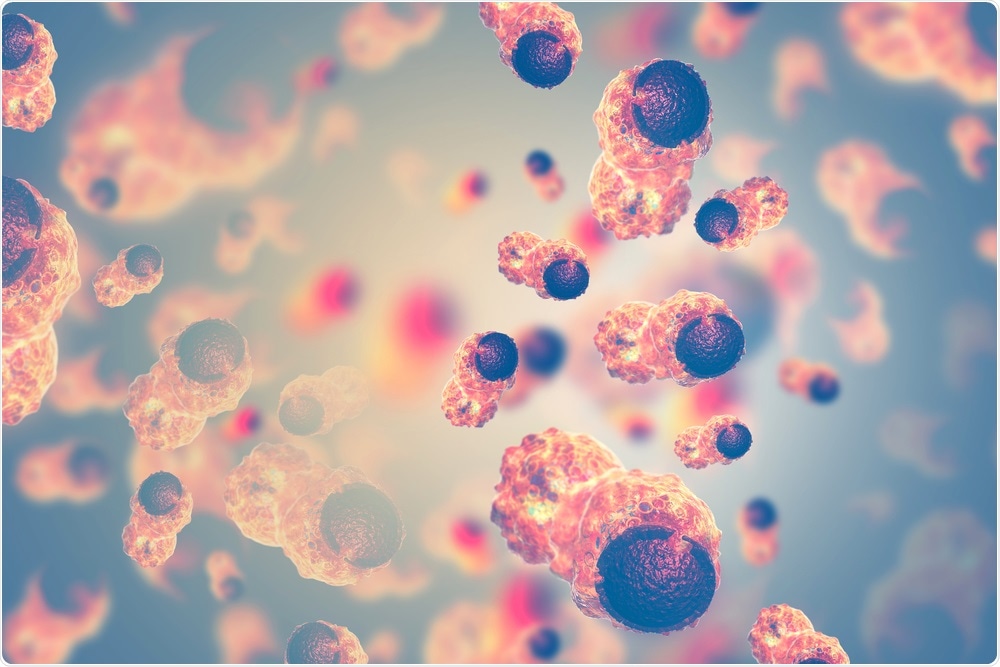The changes that occur in individual cancer cells in due course detail the varied development of brain tumors, and why certain cancer cells are resistant to specific treatments.

Image Credit: crystal light/Shutterstock.com
To trace the advancement of cancer cells, scientists from Uppsala University created a novel process that, in due course, might make it simpler to create novel, potent drug combinations. The results of the study have been published in the Molecular Systems Biology journal.
A brain tumor contains various kinds of cancer cells with numerous characteristics, moderately similar to cell types identified in a healthy brain. Earlier, it was complicated to analyze the emergence of this diversity. Its origin has an important bearing on which strategy can be employed for drug development.
A better approach to alleviating the tumor is to attack the cells at the top of the hierarchy if the cancer cells are hierarchically organized. But, on the contrary, if the cell types are more flexibly organized, other treatment strategies are required.
To understand how the various cell types are organized, we had to develop a method of tracking individual cells and their offspring over time. We also needed a procedure for quantitatively evaluating the results, and that’s why the interdisciplinary collaboration emerged.”
Sven Nelander, Professor, Uppsala University
The novel process was devised in association with the Chalmers University of Technology. The researchers put together the profiling of individual cells, employing a “barcoding” technique with computer simulations and mathematical modeling. By exerting the process to cancer cells of three patients with brain tumors, the scientists observed that the organization seems to be hierarchical with a certain degree of flexibility.
Clear patient-specific features were also present. The researchers also revealed that cell organization itself is affected by the drug treatment.
The active substance temozolomide, which is the standard chemotherapy treatment for brain tumors, seems to steer the cells against a more invasive cell type. According to our model, temozolomide combined with a drug aimed specifically against that cell type should be an effective way of attacking the tumor.”
Ida Larsson, PhD, Uppsala University
Larsson, who is also one of the main authors of the study, stated, “We think this method has great potential. Besides assisting the development of therapies against brain tumors, our method can be used on other types of cancer where, at present, no effective treatment methods exist.”
Source:
Journal reference:
Larsson, I., et al. (2021) Modeling glioblastoma heterogeneity as a dynamic network of cell states. Molecular Systems Biology. doi.org/10.15252/msb.202010105.